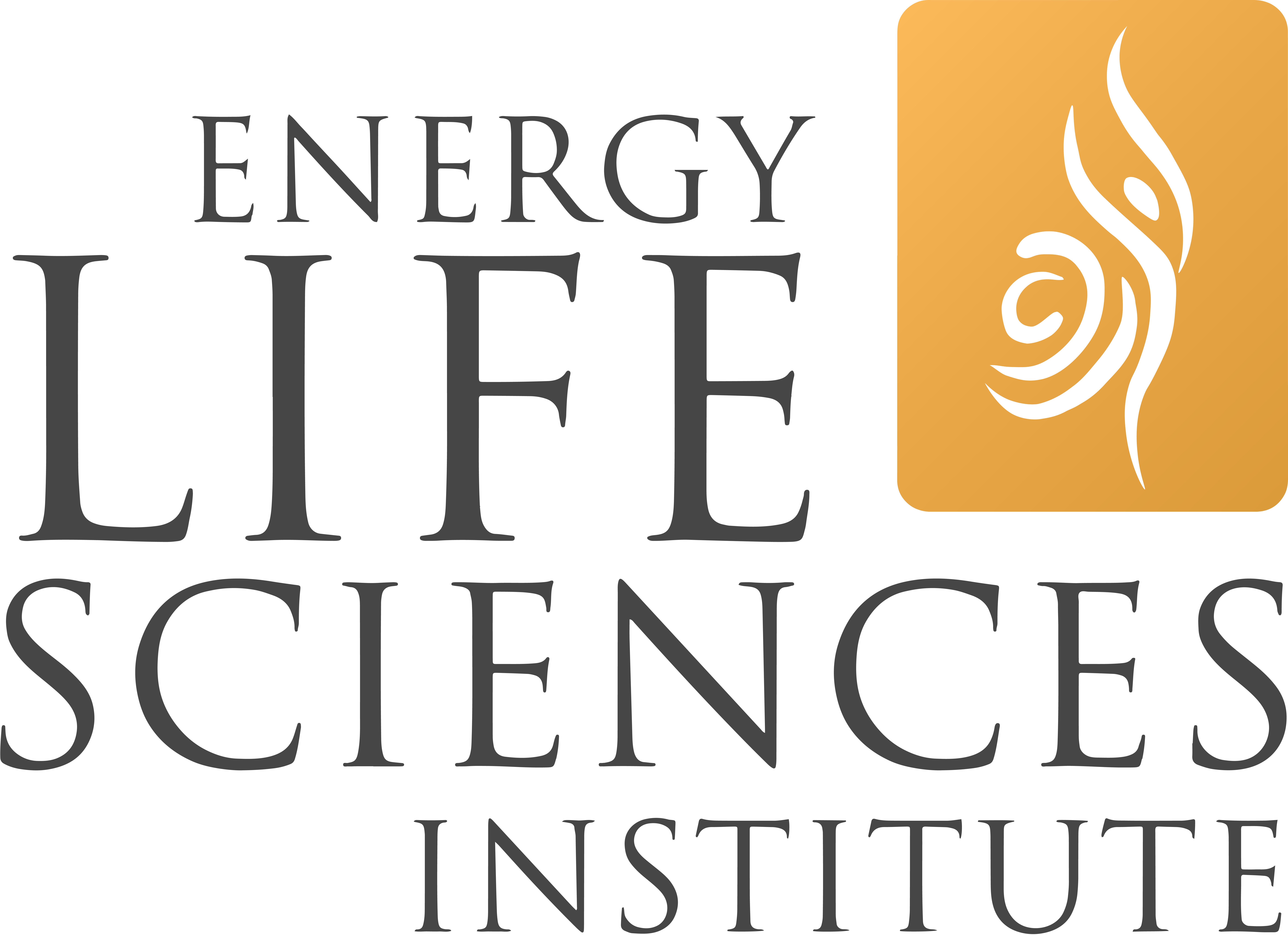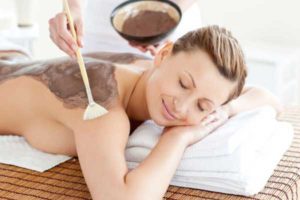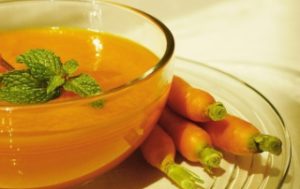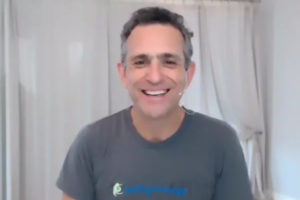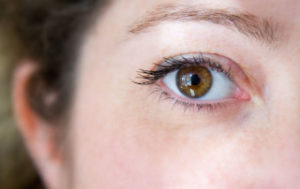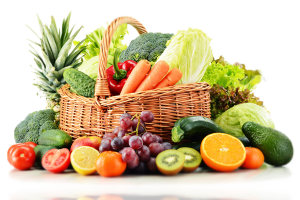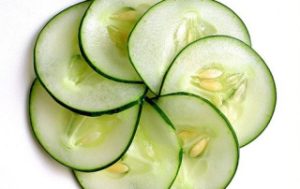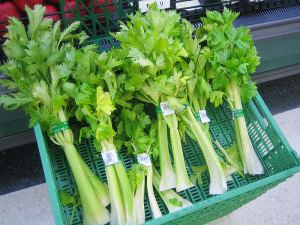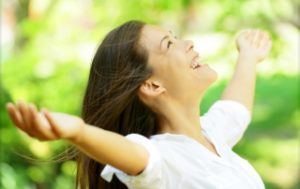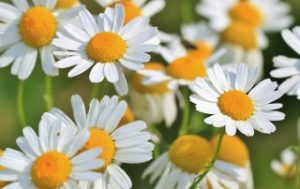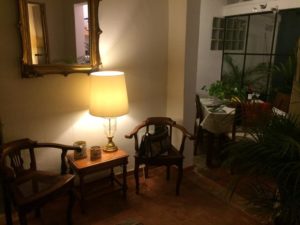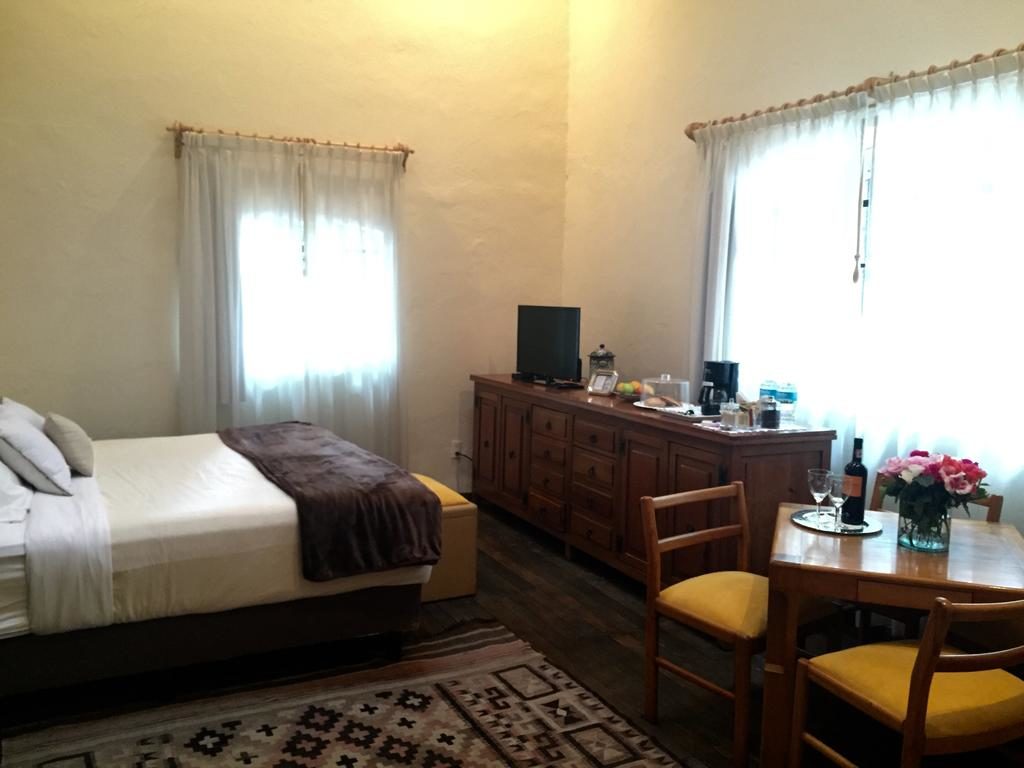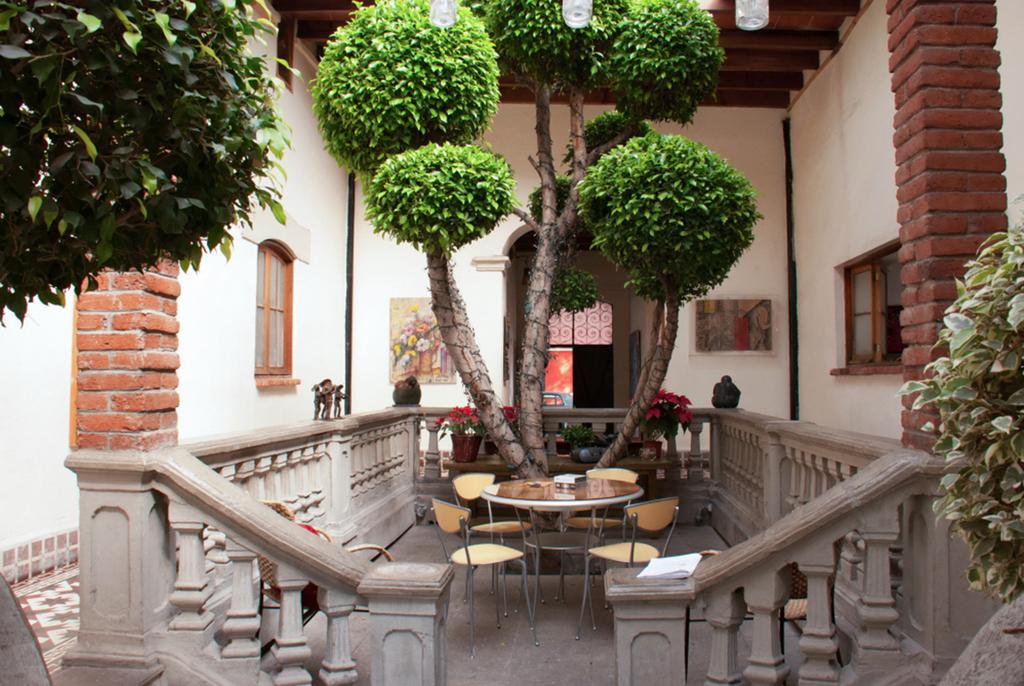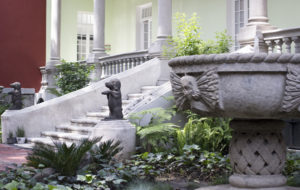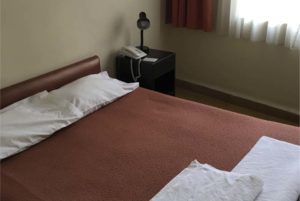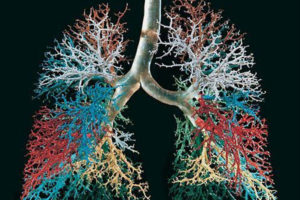
It would not be an exaggeration to say that young vessels equate to young age and that a healthy, vital flow in the blood vessels makes every other part of your body shine and function well. Open yourself up to discovering the universal flow and connections that are inherent in your arteries, veins and lymph glands.
Our Vascular System is one of the most amazing elements of our body. As a teacher’s assistant during medical school, I was able to see firsthand the incredible complexity of our network of vessels, the arteries, veins and lymphatics. A few years ago, the German medical artist Gunther von Hagens toured Europe and the United States with an exhibition called “Body Worlds,” where, through a medical education process called plastination that turned the liquid within vessels into an acrylic compound, he was able to show whole segments of just vessels, with no other structures. Smaller and smaller tubes that ultimately became thin as hairs, spreading in shapes that made out the exact body of each organ—a sight to behold! A true community where every single corner is linked to the 3 main attributes of the system:
- Each cell receives oxygen and nutrients through an artery
- Each cell delivers CO2 and toxins through a vein
-
Each space between cells drains leftover excretions and debris through a lymph vessel
In Eastern thought and martial arts practice, the term vessels was the original description to what later was translated in the West as meridians, or channels. It was the observation of circulation by the ancient physicians and healers which gave them an understanding of how to move information and resources—energy, throughout the human body.
In shamanistic principles, as I learnt them from my teacher, Carlos Castaneda, the body can revitalize by means of a process that he called energy reallocation. The circulation in this case occurs through a network of vessels carrying a vital force called tendon energy. During the practice of physical movements, which we call Energy Passes, we deliver jolts or strikes to a certain count, stimulating the flow of tendon energy along vessels from the feet to the head.
Learning how to feel our vascular system, and how to activate each of its three parts, can bring lots of benefits and it can also be fun to do. Join our last class of the year this coming Saturday, November 12 to learn more!
in Acupuncture and Chinese Herbology
Medical Doctor (AR)
Founder Energy Life Sciences
Clinical Director
Dr.Reid@energylifesciences.com
info@energylifesciences.com
elsi.wpengine.com
Register for our Newsletter!
